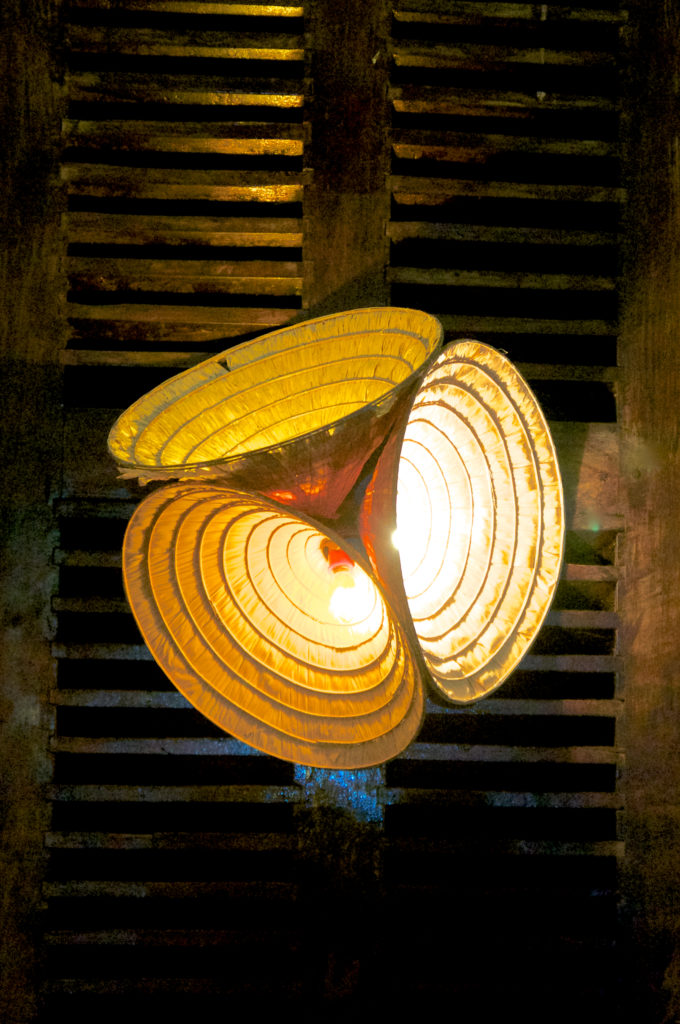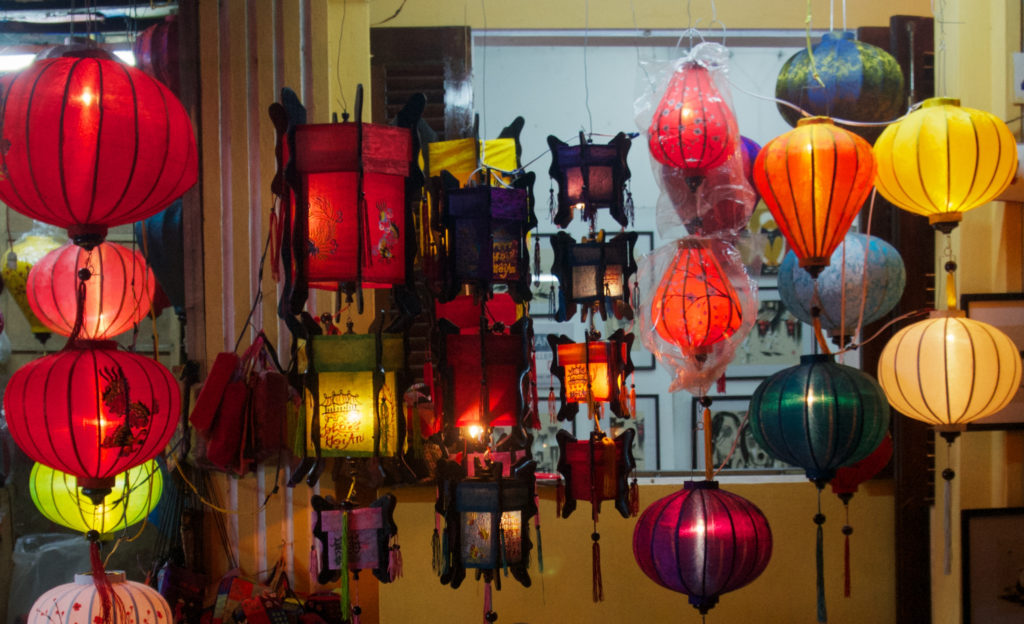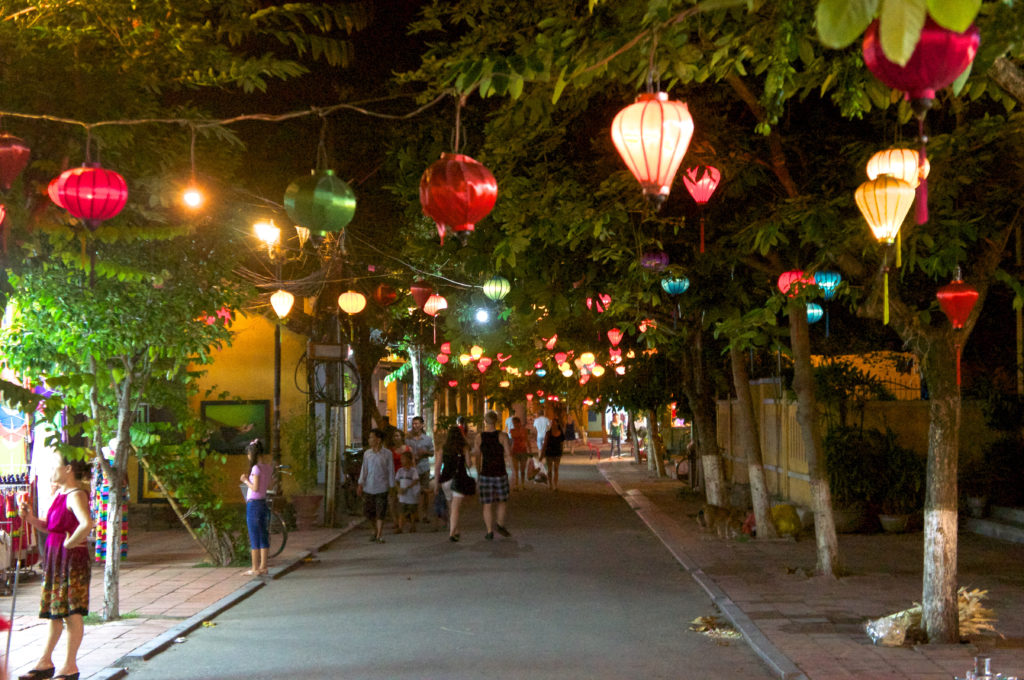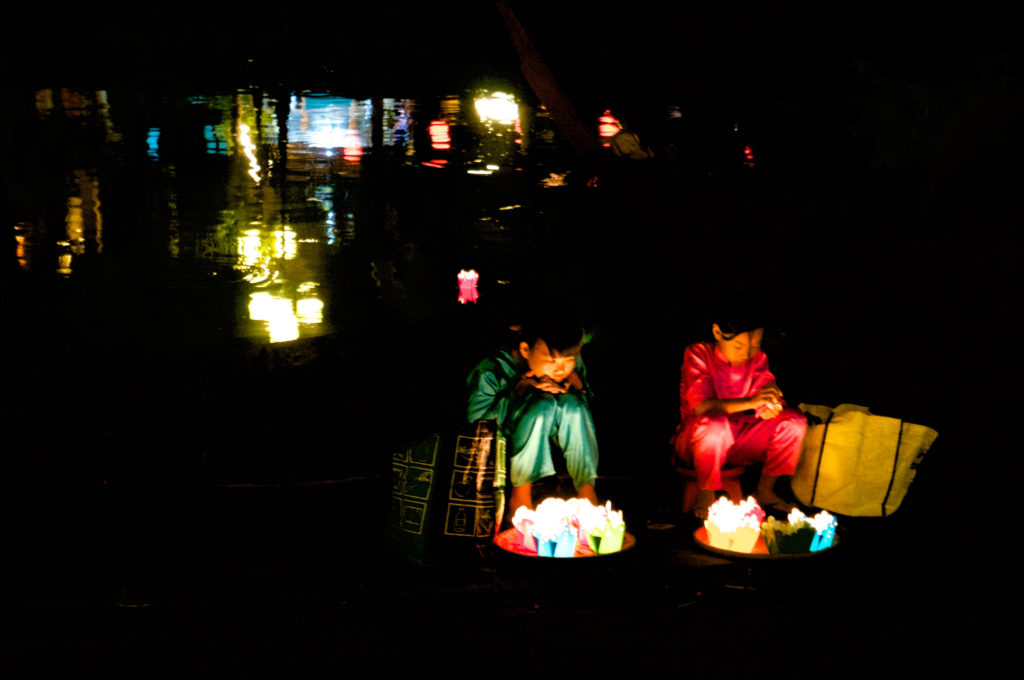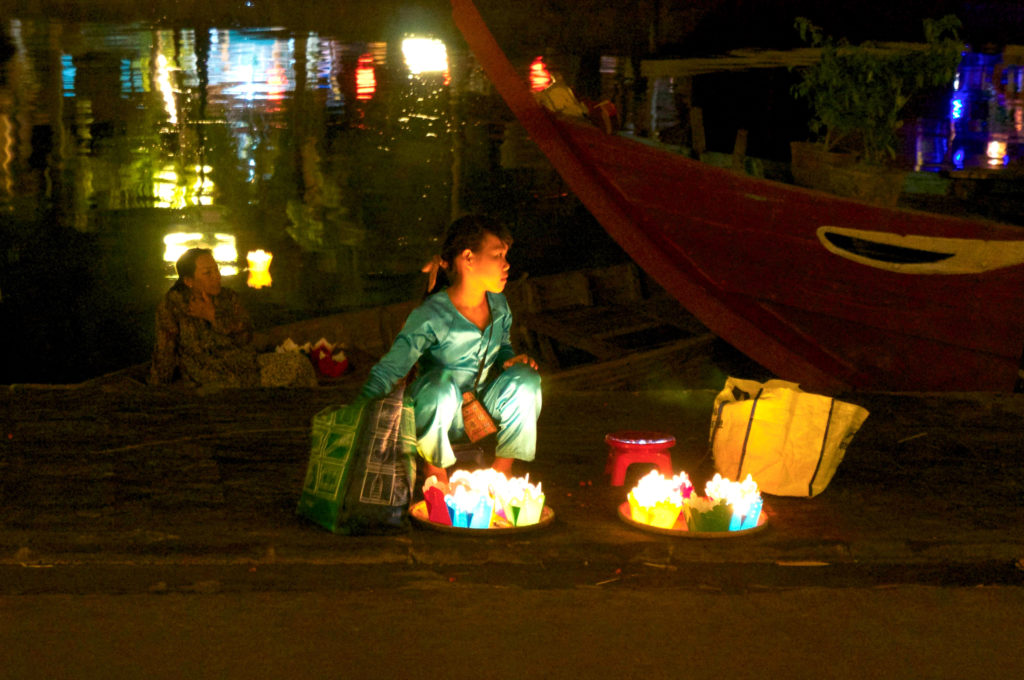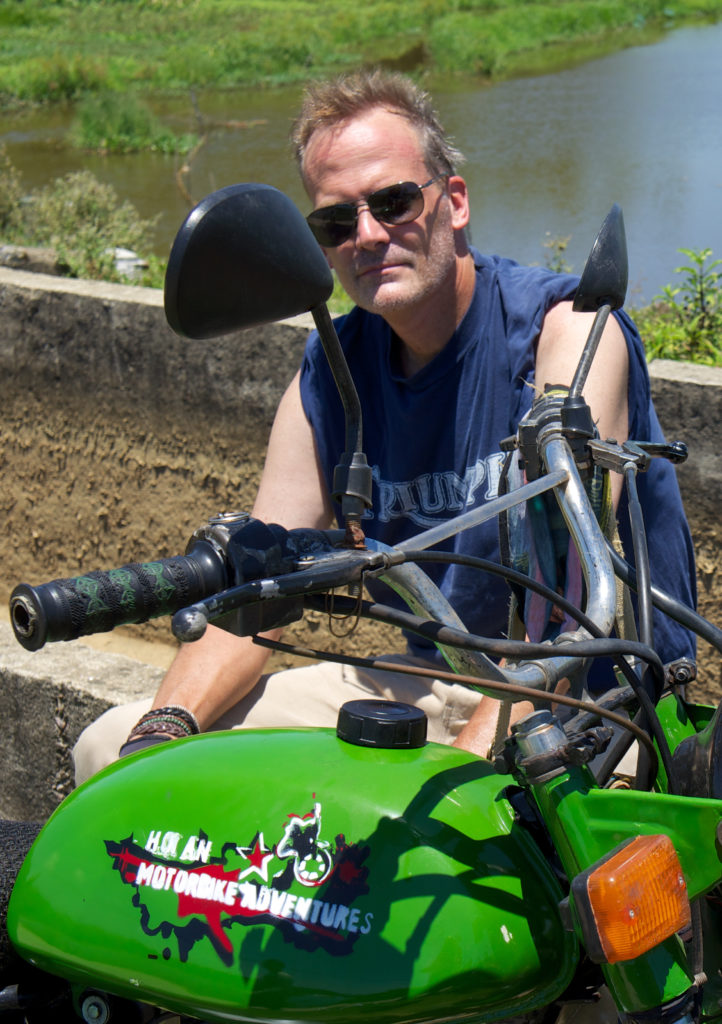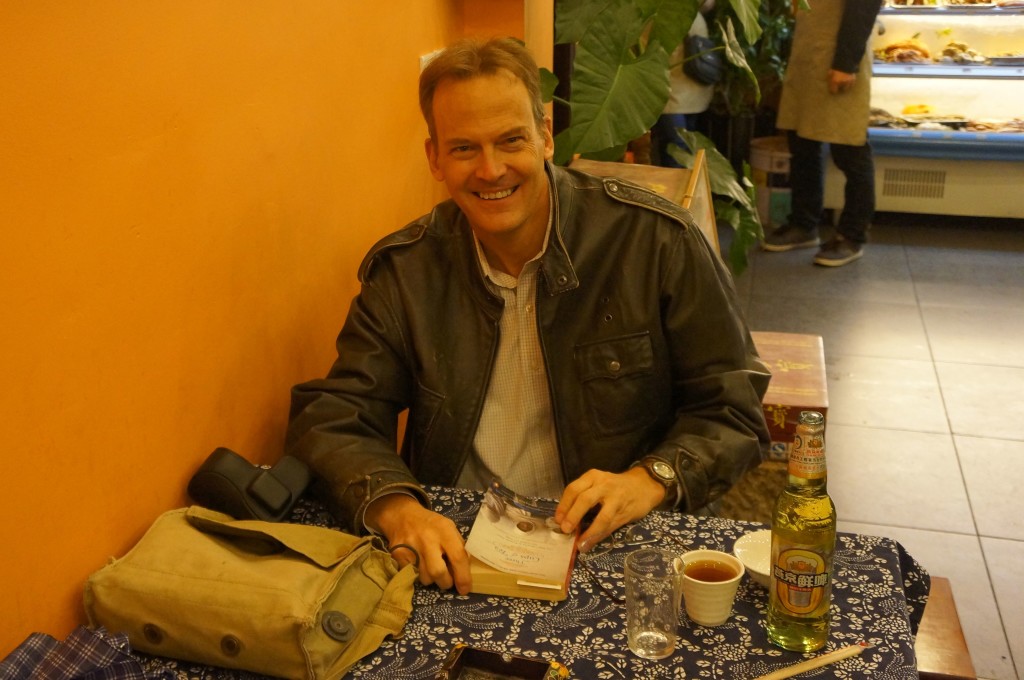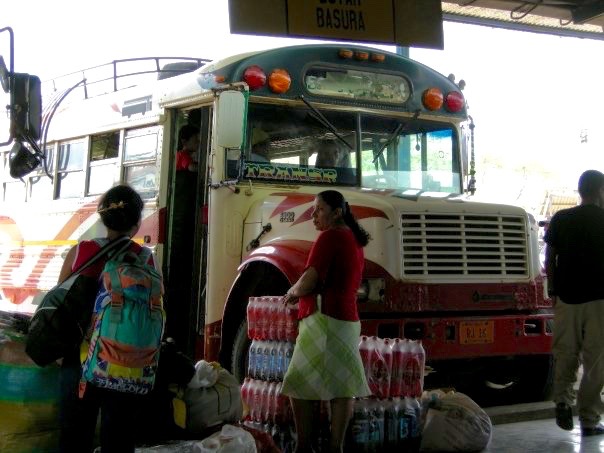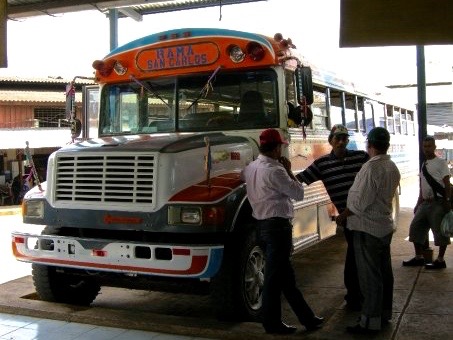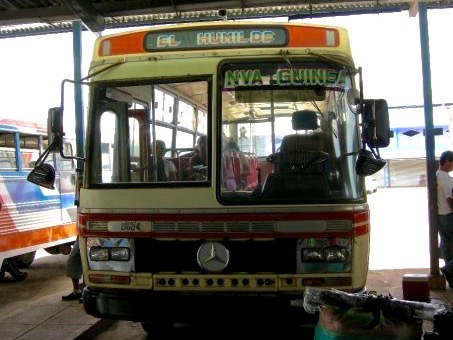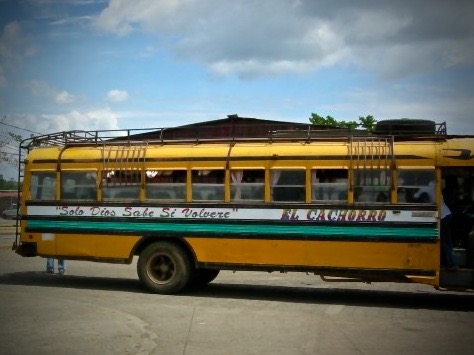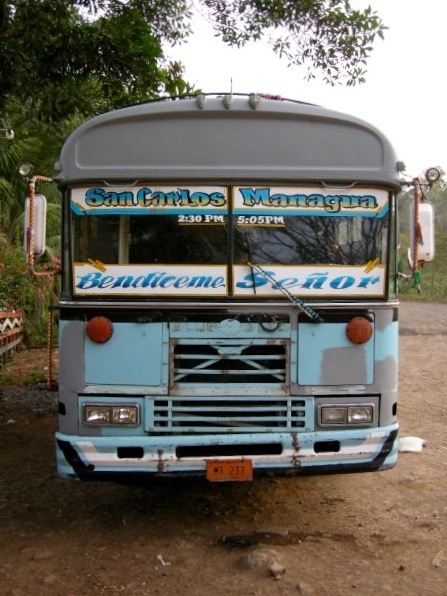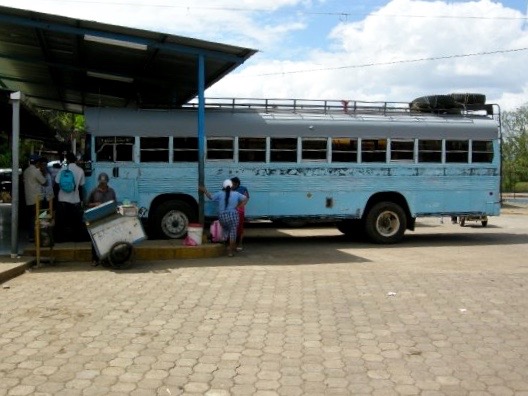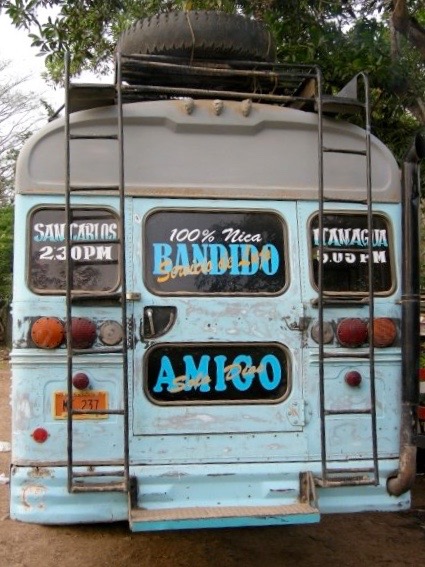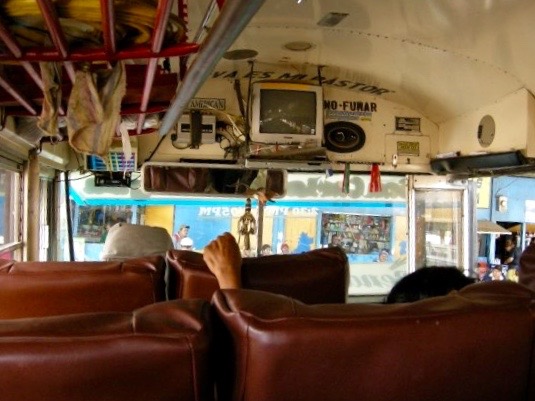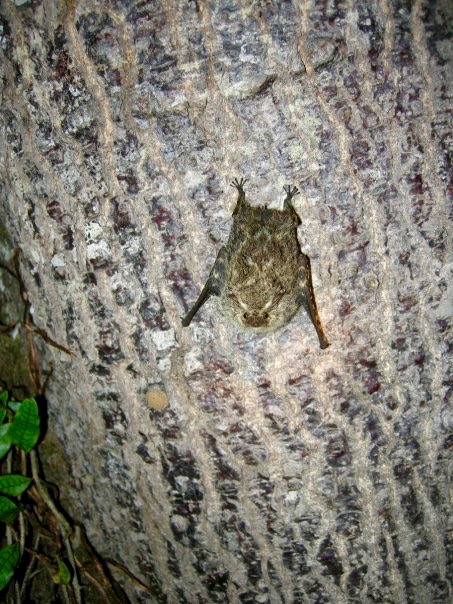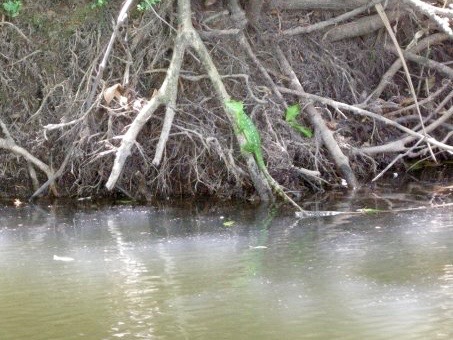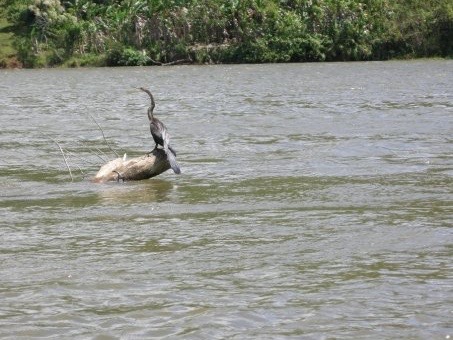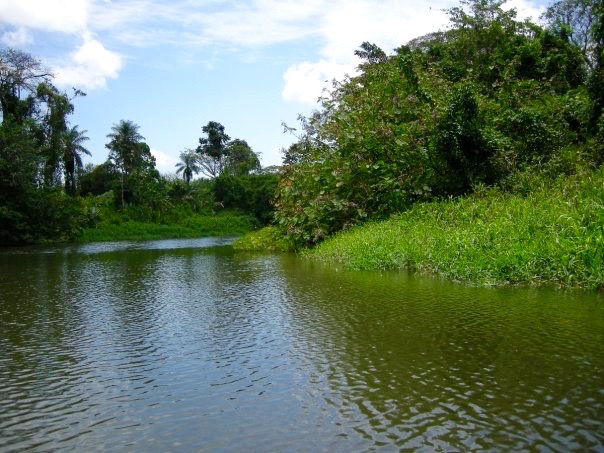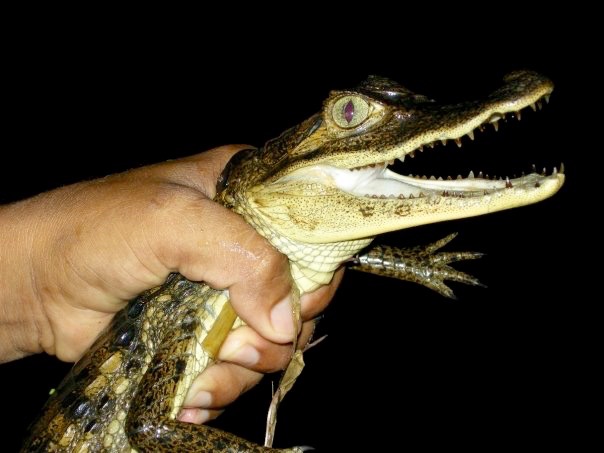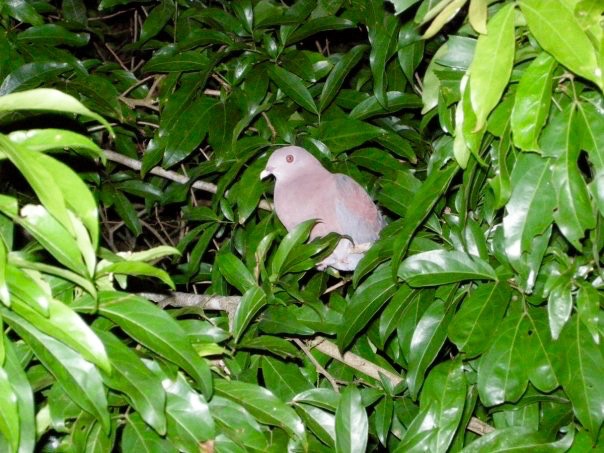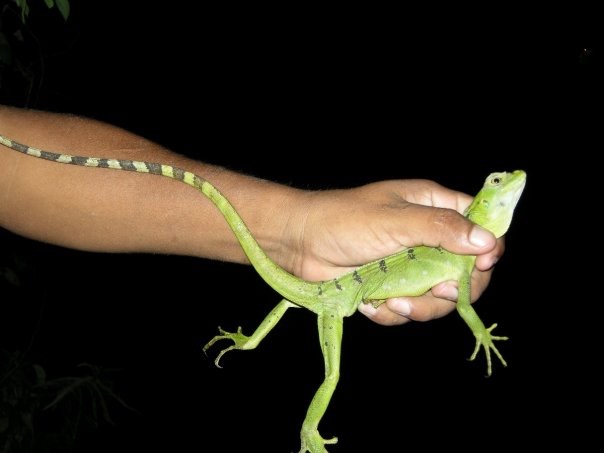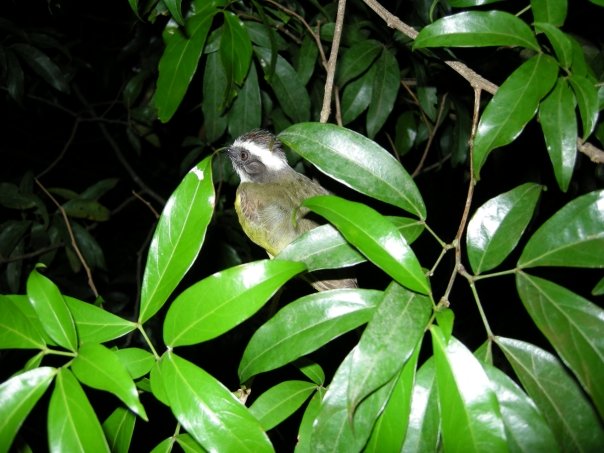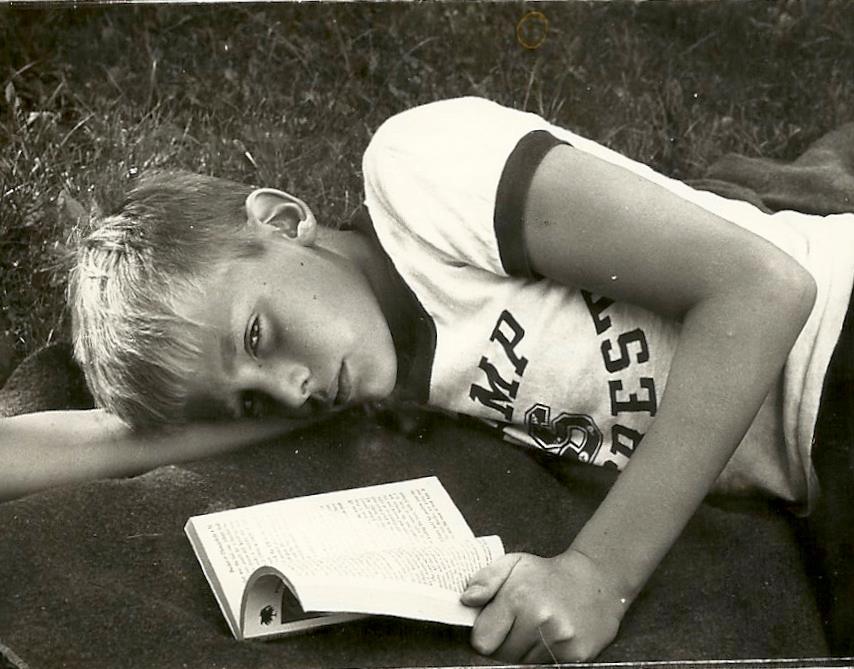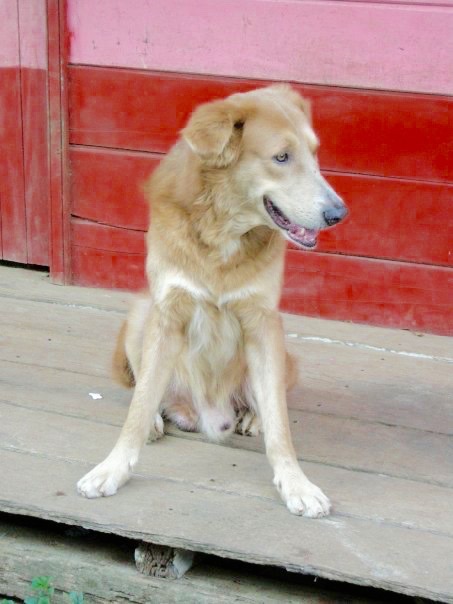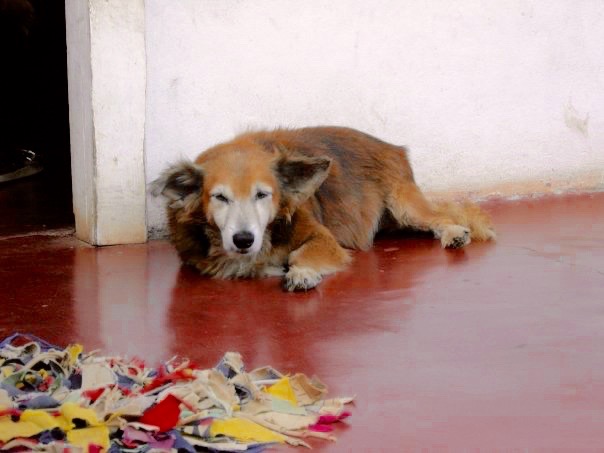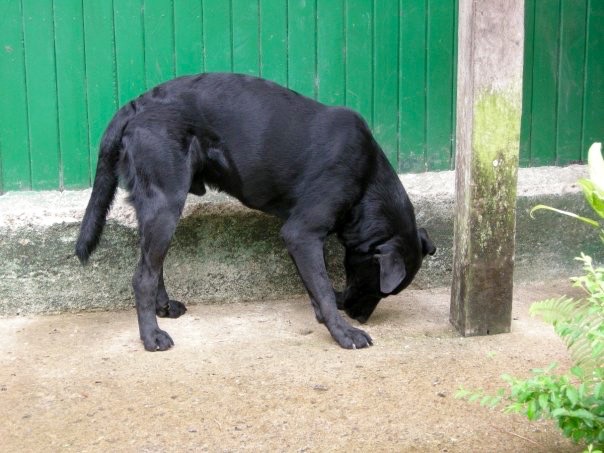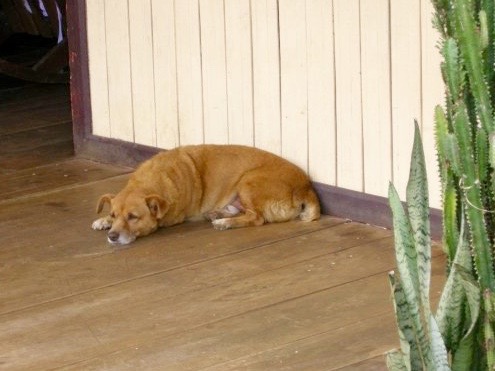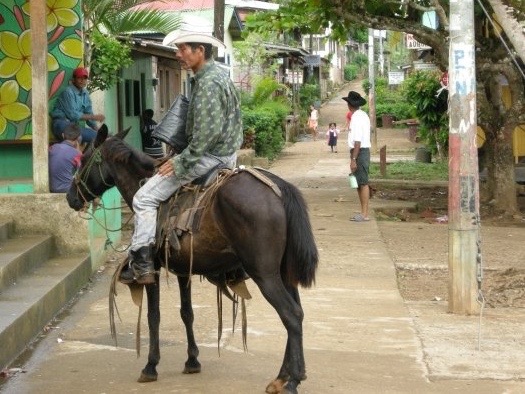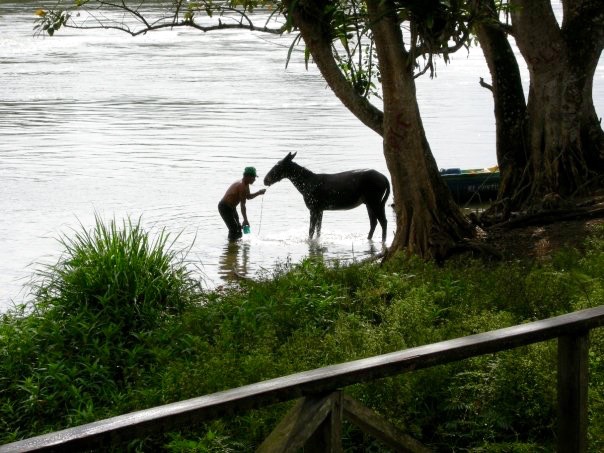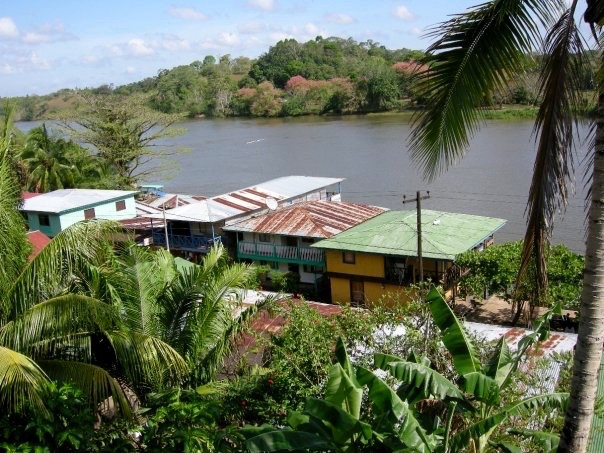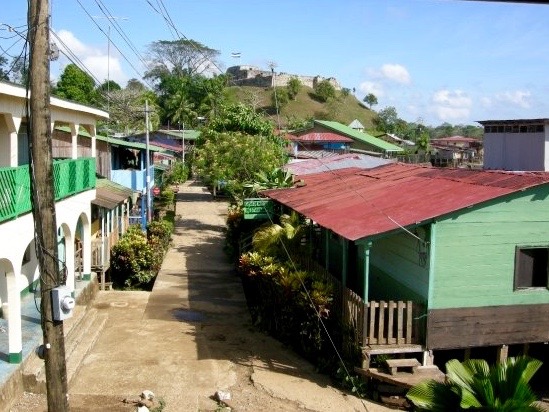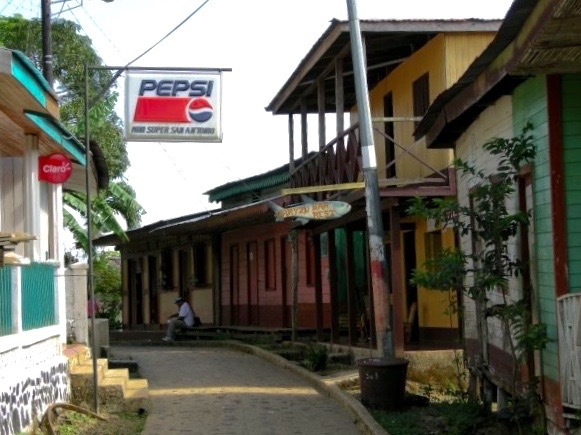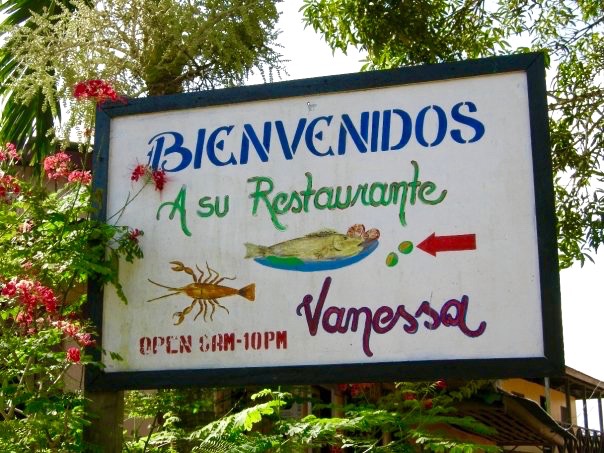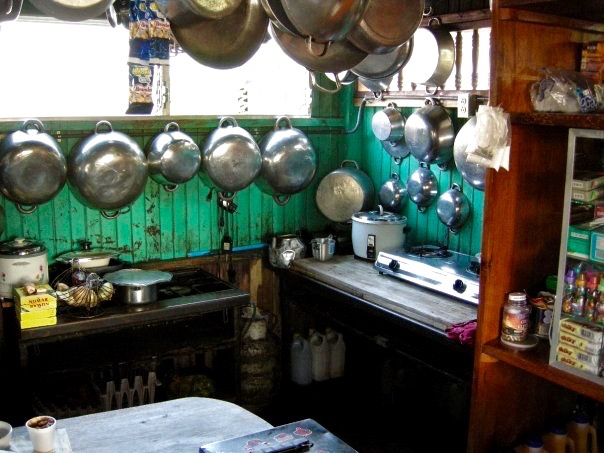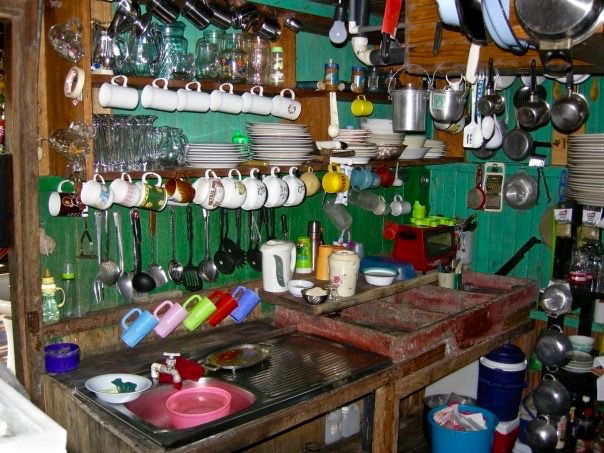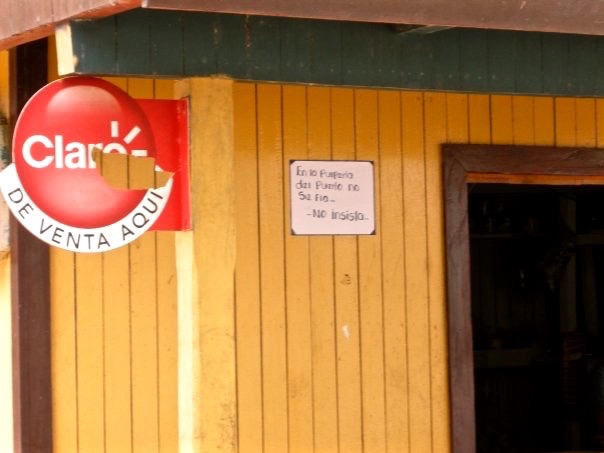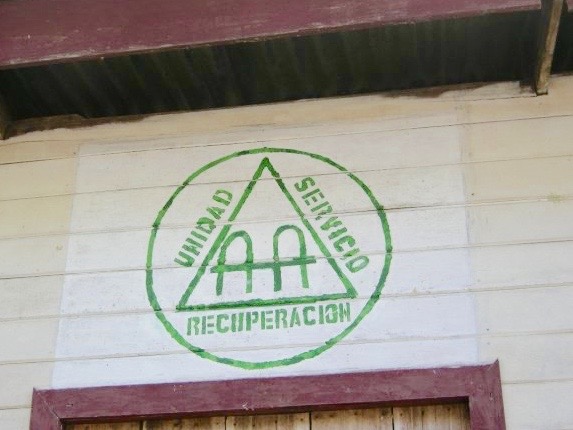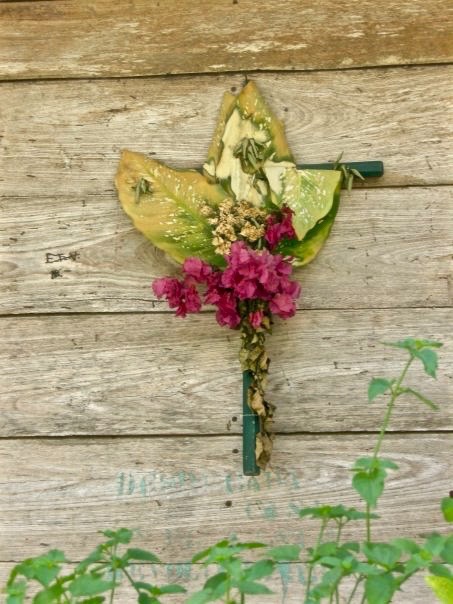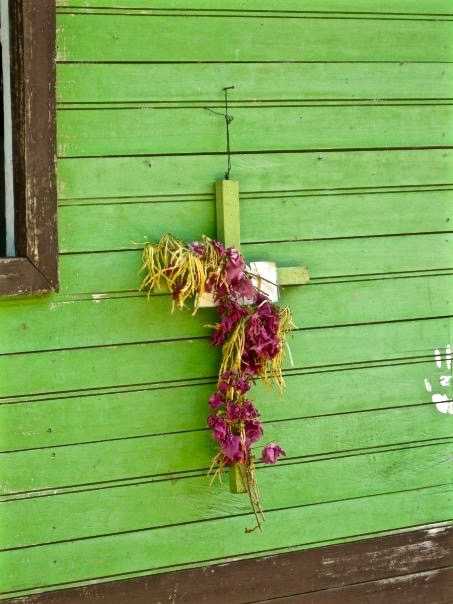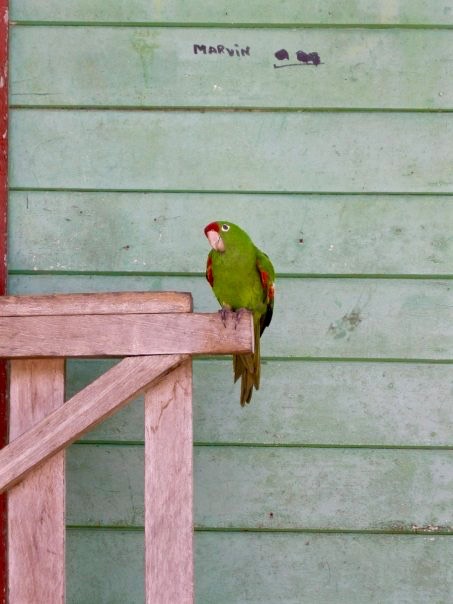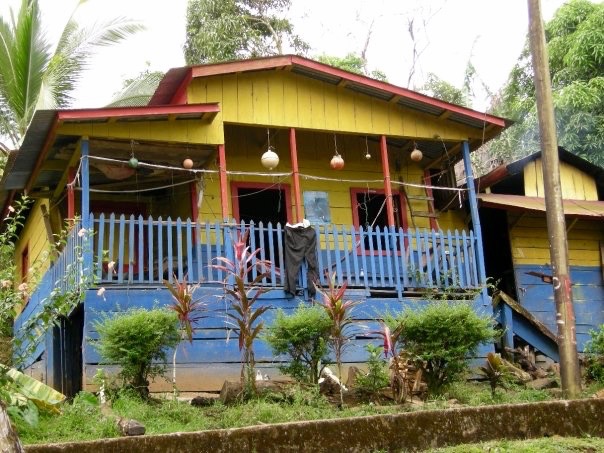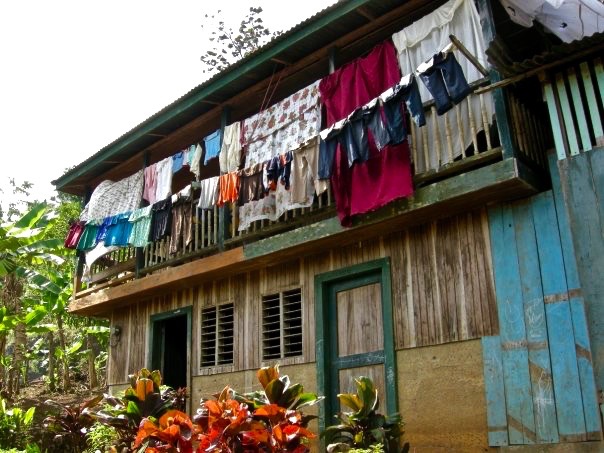(Photo taken by me July 10, 2015 in Toledo, Ohio)
I’ve Got It Again
Hoi An: Photo Edits
Lori Seubert has been at it again, going through my thousands of photos from my two years abroad and choosing some to treat with her special editing skills. These pix are of Hoi An, Vietnam and the vicinity–one of the most beautiful places I’ve ever been. They were taken in July, 2014. My original posts about my trip there can be read here, here, and here.
40 Books That Made Me a Traveler — Part 4
Some books I’ve written about in this series are expressly about travel. But others aren’t specifically about a journey, but nevertheless fueled my travel imagination. These are the books I read and responded with “I want to go there” or “I want to live like he does.”
By the way, if you’re interested in other books I’ve enjoyed, check out Part 1, Part 2, and Part 3 of this series.
Hammond World Atlas
When I was twelve, a friend of mine named Ed Dimendberg who lived in Queens, New York came to visit me in Ohio. He brought with him a Hammond World Atlas. It was a great gift. After a year or two, I ranked it as one of my most treasured possessions. I still do. I spent hundreds of hours pouring over the pastel colored maps, the strange names, the contours of countries and continents. My strongest reaction was to look at its maps, put my finger down on them, and say to myself, “When I am older, I will go there.”
It appears that Hammond is no longer coming out with new editions of this book. That’s a shame. So I have substituted a modern atlas by a different publisher.
Why, in the age of Google, would anyone want a heavy dead-tree atlas? Because it facilitates serendipity. It encourages curiosity. Its very heft and tactility inspired dreams. Sure, it’s easier to go online to find directions from A to B. But if you want to decide what and where B really is, there is no substitute for idly, randomly turning the pages of a big-ass book.
The Bad Girl
Mario Vargas Llosa
This book, like Love in the Time of Cholera, is about a South American man’s lifelong and substantially unrequited love for a woman. But while Love in the Time of Cholera takes place almost exclusively in Cartagena, Colombia, The Bad Girl takes place in Lima, Paris, London, and Toyko, with side trips to other countries. The protagonist is a UNESCO translator, a mild-mannered sort whose very job requires that he submerge his own thoughts and personality so that he can express the thoughts of others. He falls hard for a chameleonic woman, whom he first encounters as a teenager in Peru. She flits in and out of his life as the years pile up, always with a new name, a new station in life. She treats him badly and he knows it, but is has no desire to suppress his own heart’s yearning. In the background, the social upheavals of the 1960s and 1970s play out and evoke a strong sense of time and place in Vargas Llosa’s narrative. At the time I read this book, he protagonist’s status as a perpetual expat spoke to my own desire to observe the world from foreign shores.
Three Cups of Tea: One Man’s Mission to Promote Peace One School at a Time
Greg Mortenson and David Oliver Relin
In this photo, I am reading Three Cups of Tea at my favorite restaurant in Yuxi, China.
As I devoured both it and the delicious jiaozi that kept me alive and happy during my time in China, I began to conceive my plan for taking my next teaching job in Tunisia. So it’s an important book to me.
The author, Mortenson, is a mountain climber who has devoted much of his life to building schools — especially schools for girls — in rural Pakistan. Reading about how he went from knowing nothing about international philanthropy to being one of the most admired Americans in South Asia was inspirational (which is another way of saying it made me feel like a slug in comparison). It was this passage, though, that set my mind on the Muslim/Arab world. Mortenson is quoting comments made by his first major financial benefactor, Jean Hoerni, in response to Mortenson’s request for funds:
Americans care about Buddhists, not Muslims. This guy’s not going to get any help. . . . [N]o one in the mountaineering world is going to lift a finger to help the Muslims. They have too many Sherpa and Tibetans, too many Buddhists, on the brain.
That rang true. So many of my countrymen, even those who are liberal and not overtly prejudiced, admire Buddhists and fear Muslims. Maybe I had some of that inside me. So I started applying to schools in the MENA region.
Mortenson discloses his failures and weaknesses as well as his successes and strengths. That made the good works he did seem achievable even by people as flawed as I am.
King Solomon’s Mines
H. Rider Haggard
This adventure yarn was published in 1885 and is full of Victorian-era constructs about colonialism and the supposed superiority of the lighter-skinned peoples. But look past the things that today we would find silly or offensive and you’ll find a rip-roaring adventure story that could well have served as the inspiration for Indiana Jones, Tomb Raider, and other modern movies. Many adventure tropes were invented here: the exotic locations, the noble and stalwart natives, the hostile and perfidious natives, the comedic culture-clash moments, strange lands representing both heaven and hell, the cliffhanger suspense, and of course the big final showdown.
Antarctica
Kim Stanley Robinson
This book is hard to slot into a genre — and that’s a good thing. It’s got elements of science fiction in its use of technology that’s probably about ten minutes into our future. Parts of it are a people-against-the-elements survival yarn. It could be read as a political potboiler or an eco-thriller. There are even utopian blueprints reminiscent of Walden II.
As hard as it is to classify this novel, it’s even harder to put down. Imagine a band of utopian dreamers living as much off the grid as possible in Antarctica. Mix in a virtual US Senator (from California, naturally) whose right-hand man heads south to get firsthand intelligence relevant to the renewal of the multinational Antarctic treaty. Add an unlikely romance between a tough-as-nails guide and one of the regular Joes who keep McMurdo Station up and running. After reading this, I was even more convinced that I have to make Antarctica one of my must-gos.
My Travel Essays & Articles
In the last two years, I’ve had various articles and essays published by the Village Voice of Ottawa Hills, my hometown’s monthly newspaper. They have graciously permitted me to repost those pieces here.
Your Miserable Life Will Soon Be Over
Mom-and-Pop Businesses and BMWs
High Standards and Student Rights
Elephant Unemployment in Northern Laos
Taking the Road to Fuxian Lake
Why Would You Want to Go There?
Tunisia: A New Democracy is Born
When American Values Collide with Tunisian Society
Copyright Village Voice of Ottawa Hills. Used by permission.
Nicaragua 2008: The Buses of San Carlos
After a remarkable visit to El Castillo, Spencer and I caught another riverboat, this one going upriver back to San Carlos. We went directly to the bus station and bought tickets for Managua. While we waited, we drank sodas and watched ancient, brightly-painted buses wheeze into the station and pick up or discharge their human cargoes.
This bus, below, undoubtedly sported the best motto. “Solo Dios Sabe Se Volvere” means “only God knows if we will return” in Nicaraguan Spanish. That slogan seems far more honest than most travel company taglines.
When it came time for us to embark, I was disappointed that our bus didn’t sport a wild Latin American paint job. Instead, we were directed toward an elderly Bluebird school bus that had been painted (appropriately enough) a washed-out blue.
We headed around the northern coast of Lake Nicaragua, riding over roads that had enormous ruts and potholes in them. The Bluebird’s shocks and springs had long ago been exhausted, so we felt every one of those bumps right in our kidneys. Sleep was made impossible by the bus’s audio/visual entertainment system, which shrieked out Latin American music videos at a volume its poor little speakers were never meant to handle. It was only marginally less uncomfortable than our ferry ride to San Carlos had been. And yet we both acknowledged that we were having a good time.
Over nine hours and 292 kilometers (181 miles) after leaving San Carlos, we finally arrived in Managua and checked into the Crowne Plaza, the pyramid-shaped hotel where Howard Hughes lived in the early 1970s. This was the last stop on our Nicaragua itinerary. We were here:
Nicaragua 2008: The Tributaries of the Rio San Juan
Continuing my reminiscences of a journey my son and I took to Granada and El Castillo in 2008 . . .
In El Castillo, Spencer and I inquired around town and found a native-born naturalist with a canoe who agreed to take us deeper into the jungle on the tributaries of the Rio San Juan. We were interested in seeing some of the animals (other than the domesticated species) that inhabit the jungle near the Nicaragua/Costa Rica border. We took two excursions with him, one by day and one by night.
Ironically, the first and most numerous animals I saw during the daylight hours were actually nocturnal. There were short-tailed bats (possibly of the genus Carollia) clinging to the sides of trees along the riverbanks, presumably sleeping and awaiting the evening hours.
We also spied some bright green iguanas along the riverbank, though they blended in so well with the foliage we had to be lucky to see one contrasted against a darker background.
As we meandered through the streams and tributaries, we caught glimpses of some primate species high in the trees above. They were so far off the ground — and I had such an inadequate little point-and-shoot digital camera — that I wasn’t able to get any good pictures of them. But we certainly heard them chattering as we approached. But we did get close enough to some of the river birds to get their pictures. This anhinga (whose name means snake bird or devil bird) was out fishing on a rock in the middle of the stream
When we weren’t focused on animals, my son and I relaxed under the hot, clear skies. Occasionally we’d look at each other and say something like “Holy shit — we’re in Nicaragua.”
During our nighttime excursion, our guide used a searchlight to locate some of the river animals, whom we saw first by their eyes glowing weirdly as the light swept over them. This juvenile alligator freaked me out a little. It was so primitive-looking. Looking at it at night in the middle of the Central American jungle made feel like I’d been transported back in time 10,000 years or more. He belonged there. I didn’t.
In contrast, this mourning dove seemed almost out of place in the jungle; I wondered why he wasn’t back at home in a big city.
This adolescent green iguana was very friendly; he would have come home with us if we’d wanted.
When he grows up, he’ll look something like this.
We caught frogs and caught glimpses of other birds that night. Unfortunately, though, we didn’t come across any larger animals.
So ended my first (and so far only) trip into a tropical jungle. That brief excursion birthed a number of dreams that I’ve not yet realized. I still stare at maps of the Amazon and the Congo and hope that someday I’ll be able to tackle those far more forbidding riverine environments.
40 Books That Made Me a Traveler — Part 3
The authors of the books featured this week have distinctive voices, the kind you can identify from a single paragraph.
There’s the amphetamine-fueled Beat Generation prose of Jack Kerouac. The media-drenched flat affect of Alex Garland. The compassionate and erudite tut-tutting of Theodore Dalrymple. The dreamlike unreliable narration of James Salter. The sardonically twinned Thai and western perspectives of John Burdett’s Thai/American police detective. These voices speak to me still.
Yes, that’s me in the photo. I’ve been a reader since I was a kid.
Buying these books through the links here doesn’t increase your cost by a cent, but it does put a few cents into my bank account (which I will use to keep this blog going). Enjoy! And please let me know what you think of them.
By the way, if you’re interested in other books I’ve enjoyed, check out Part 1 or Part 2 of this series, or go to my buy page.
| On the Road Jack Kerouac This classic beat novel never really grabbed me and shook me, but it has become something more like an casual friend -- the kind of guy you're never intimately close to, but who shows up in your life from time to time with stories of interesting adventures and then disappears again for months or years at a time. Kerouac's prose is as relentless as his characters' peregrinations across the US, their late-night bull sessions, and their thirst for the sensate. As his protagonist and stand-in, Sal Paradise, says, "[T]he only people for me are the mad ones, the ones who are mad to live, mad to talk, mad to be saved, desirous of everything at the same time, the ones who never yawn or say a commonplace thing, but burn, burn, burn like fabulous yellow roman candles exploding like spiders across the stars.” | |
| The Beach Alex Garland Comparing this book to, say, Michener's The Drifters, one can see how much youth culture has changed in fifty years. The Beach is a fusion of video games, movies, violence, dark politics, and -- oh yeah, travel. There are drugs, too, but whereas in earlier travel books drugs are seen as routes to spiritual bonding, here they lead generally to bad trips of both the figurative and literal type. Garland also offers a sharp critique of hipper-than-thou western travelers who glom onto a beautiful "undiscovered" spot somewhere in the developing world and ultimately wind up ruining the things that made it so special. | |
| Zanzibar to Timbuktu: A Journey Across Africa Theodore Dalrymple (Available for Kindle only) Theodore Dalrymple's real name is Anthony Daniels. He has been quoted as saying he chose his nom de plume because he wanted "a name that sounded suitably dyspeptic, that of a gouty old man looking out of the window of his London club, port in hand, lamenting the degenerating state of the world." This is to say that he is a man of conservative mien and mind. But whereas many conservatives who travel (the awful P.J. O'Rourke comes to mind) put on a sneer and leave compassion at home, Dalrymple seems truly to care about the poor people of Africa he encounters in his overland journey from Zanzibar to Timbuktu. There is compassion for the impoverished, the criminal, and the crazy. And damn, the man can write. | |
| A Sport and a Pastime James Salter By telling his tale of an affair between a ne'er-do-well American college kid and a rather ordinary French shopgirl through the voice of a man who knew them only peripherally, Salter was able to give his prose a shimmering, dream-like quality. Our narrator frankly admits he is embellishing, filling in details, adding things he couldn't possibly know. His descriptions of the couple's sweetly transgressive sodomy, for instance, tell us more about what's really going on in the narrator's head than what's going on in the couple's bed. The flashy, expensive, but decaying car the couple borrow and drive around France feels like something out of The Great Gatsby. As with Gatsby, the reader never doubts that Salter's couple is racing toward its demise, but we are only too glad to go along for the ride. One of the most neglected and underrated prose stylists of the mid-twentieth century, Salter has written a book that illuminates the almost inherently doomed nature of even the most torrid expatriate seductions. | |
| The Royal Thai Detective Novels John Burdett Bangkok 8: A Royal Thai Detective Novel (1) Bangkok Tattoo: A Royal Thai Detective Novel (2) Bangkok Haunts: A Royal Thai Detective Novel (3) The Godfather of Kathmandu: A Royal Thai Detective Novel (4) Vulture Peak: A Royal Thai Detective Novel (5) I'm cheating with my counting here, since there are five books (to date) in this series about police detective Sonchai Jitpleecheep, a former gangster, former Buddhist monk, and current member of the Bangkok police force. The books (Bangkok 8 As a whole, the series is about corruption: of the flesh, of the political process, of law enforcement, of daily life. But these books are no jeremiads. Indeed, they go out of their way to explain how what we in the west view as corruption has a rational basis in the Thai mentality. Along the way, Burdett explores the conflicts between farang (foreign) and Thai culture, Thai attitudes toward sex, drugs, and popular culture, and between powerful factions in Thai society. The protagonist, Sonchai Jitpleecheep, narrates all five books in the first person and frequently breaks the fourth wall and addresses the reader directly, often in a way that challenges foreign assumptions about Thailand and its people. |
40 Books That Made Me a Traveler — Part 2
This week’s entry in my series about books that made me a traveler is all over the map. Literally. Iran, the Caribbean, Congo, the road from Istanbul to India, and South America are all represented in these selections. What these books have in common are stories about overcoming fears and overcoming odds. I read some of these while I was dreaming of travel and others while I was on the road in China and Tunisia.
Buying these books through the links here doesn’t increase your cost by a cent, but it does put a few cents into my bank account (which I will use to keep this blog going). Enjoy! And please let me know what you think of them.
By the way, if you are interested in other books I’ve read recently, check out Part 1 of this series, or go to my buy page.
| Iranian Rappers and Persian Porn: A Hitchhiker's Adventures in the New Iran Jamie Maslin One of the best things a travel book can do is to de-cartoonify a country and its people. Many of my countrymen have a cartoon image of Iran as a place of joyless religious fanatics moving in ignorant lockstep to the edicts of stern ayatollahs and their murderous henchmen. Maslin's book humanizes the Iranians, especially the young people of that country who delight in finding ways around the no-sex no-drugs no-fun mores of the Islamic Republic. The author of this raucous but informative book goes to private parties in people's homes that, in their touching awkwardness, reminded me of high school dances. He rides in fast cars. He listens to ridiculous European bands no one outside Iran has ever heard of. He and his newfound Iranian friends watch porn and do drugs. The very things that make Western culture so superficial and alluring become revolutionary aspirations for an oppressed people. | |
| Robinson Crusoe Daniel Defoe If you can lay aside the heavy doses of Christian religiosity that sidetrack the narrative every twenty pages or so, what's left is a good story about self-reliance in an alien environment. Crusoe is a 17th century MacGyver, solving the practical problems of living on a deserted island with a series of clever improvisations. He meets and befriends both natives and other westerners. I read this classic while I lived in China and found it to be a pretty good metaphor for expat living. | |
| Bonobo Handshake: A Memoir of Love and Adventure in the Congo Vanessa Woods Bonobos are the primates whose genetic makeup is closest to that of homo sapiens, sharing 98.7% of our DNA. They live in matriarchal troupes, engage in frequent and imaginative sex as a way of defusing social tensions, and are generally more peaceful than other primate species. This makes them very interesting to primate scientists. Two such scientists (the author and her boyfriend) move to a bonobo preserve in the Democratic Republic of Congo to conduct primate research. There they discover much about the animals, the Congo, and themselves. Woods subtly and humorously compares her boyfriend's behavior to bonobo behavior, and it's not always clear who comes out better. | |
| Magic Bus: On the Hippie Trail from Istanbul to India Rory MacLean Back in the 1960s, there were these people called hippies who came from North America and West Europe. They grew their hair long and took drugs and traveled overland through western Asia all the way to the promised land, which turned out to be India. Along the way, they invented a whole genre of travel and had a significant impact on the economic and social lives of many of the south Asian communities they visited. This book does a neat job of showing how that generation's ideals and imagination helped to create modern travel -- and how the remnants of that generation are keeping those ideals alive today. | |
| Two Wheels Through Terror: Diary of a South American Motorcycle Odyssey Glen Heggstad If I had to point to just one book that formed my ideas about travel, this would be it. It's an account of how the author, a former Hell's Angel and current martial arts instructor, decides to motorcycle from California to the southern tip of South America and back. He rides alone, but with a woman on his mind. He is disciplined, but takes risks. He's tough, but compassionate. He's got a code, but he's not an ideologue. All goes well until he is kidnapped by a guerrilla army in Colombia and held captive for five grueling weeks. Once released, he is forcefully told by the U.S. Embassy in Bogota that he should leave the country as soon as he recovers his strength. He refuses. Instead, friends back home ship him a new motorcycle and he continues his ride and completes it. Along the way he is robbed, almost frozen, and suffers mechanical and personal breakdowns. And yet he perseveres. |
Nicaragua 2008: The Dogs of El Castillo (Plus a Couple of Horses)
Caution: dangerous generalization ahead.
When I was in the jungle town of El Castillo, Nicaragua in 2008, I was surprised to see so many dogs. I noted with pleasure and approval that the dogs generally looked cared for, well-fed, and to belong to individual households. I don’t recall seeing a single stray there.
The dangerous generalization is that you can tell something about the general happiness of a town and its citizens by how happy their dogs look.
There were no cars in El Castillo and no roads where you could drive one if you wanted to. I did see men coming into town on horseback, though — something else I didn’t expect in the jungle.
Nicaragua 2008: The Town of El Castillo
(This is a continuation of my narrative of a trip I took to Nicaragua seven years ago.)
We awoke the morning after our journey down the Rio San Juan to find ourselves in the Victoria Hotel. Since the power had been out when we arrived the night before, we hadn’t had the chance to check out out accommodations. Now we took advantage of the daylight to discover a simple but friendly place which served us a good breakfast. We then set out to explore the town we had traveled so far to see.
El Castillo is a small settlement on the northern bank of the Rio San Juan, near the border of Nicaragua and Costa Rica. The town is sited on a hill by a river bend where the usually-calm waters turn to rapids. This geography made the location the ideal spot to build a fort to defend the river, which is just what the Spanish did in 1673. The bend in the river would force hostile craft coming along the rover to stay within cannon range for a longer period of time than a straightaway would. The rapids would make it difficult for an enemy ship to hold its position long enough to direct cannon fire back at the town. The hill would give the town’s defenders a superior tactical position. Over the centuries, various naval battles took place here as the Spanish fought both pirate ships and the British Navy. In one such battle, the British forces were commanded by a then-22 year old Lord Nelson. The river is still vital to the town; even at the time our our 2008 visit, it was the only practical way in and out of El Castillo.
We found a mellow, slow-going town which seemed to have escaped the extreme poverty we saw as we passed other settlements on the river. There were a couple of restaurants which, during our time in El Castillo, served only chicken as a main course.
I got my first-ever look inside a restaurant kitchen in the developing world and was struck by its small size, its use of every available space, and its thoughtful organization.
There were also some small stores in town where water, bug dope, cigarettes and beer could be purchased.
One institution I was surprised to find in such a small, isolated outpost was Alcoholics Anonymous (“Unity, Service, Recovery”).
The signs of other paths to redemption were evident too.
I didn’t know if the name written on the wall was the name of the bird who always sat on his perch in front of it, but I took to calling him Marvin nonetheless.
Housing was simple but well-kept.
I had never been anyplace like El Castillo before, a town that was so self-contained, so cut off from the rest of the region. It felt peaceful and quietly prosperous. The animals there were well-fed. The school uniforms on the children walking to class were clean and tidy. The buildings were simple but pleasing to the eye. My son and I seemed to be the only foreigners in town, but our presence was taken in stride by the locals who neither ignored us nor swarmed over us, but were more than willing to talk with us. Our interactions with them furthered my impression of the Nicaraguan people as generally reserved and friendly.


